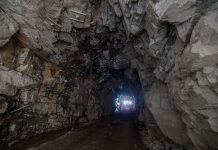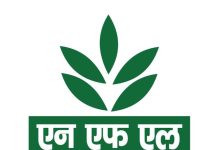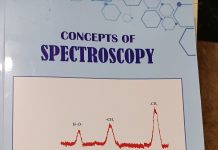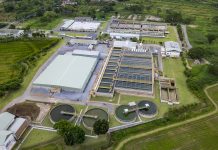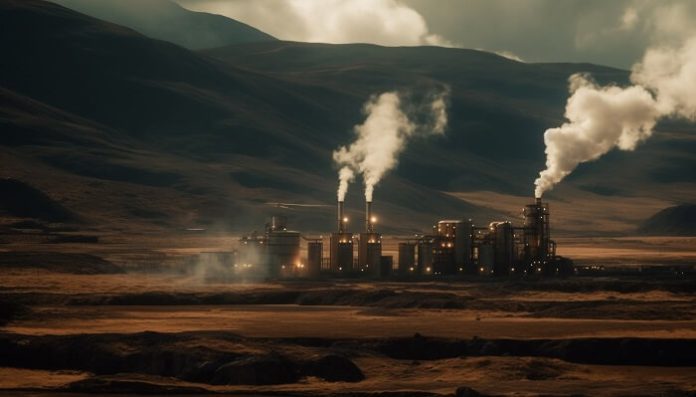India might soon see its first composite energy block in the Cauvery basin, with ONGC emerging as a likely key player. A composite energy block would allow simultaneous exploration for both hydrocarbons and renewable energy sources.
The Cauvery basin spans three states – Tamil Nadu, Karnataka, Kerala and the Union Territory of Puducherry. The Directorate General of Hydrocarbons (DGH) is considering the innovative approach, which would require coordination among various government ministries.
Although the concept has yet to be officially recognized, the DGH has sought collaboration from the Ministry for New and Renewable Energy (MNRE) to integrate new energy technologies. To facilitate this, the DGH has established a ‘Hydrocarbon Efficiency and New Energy Department’.
Developing composite energy blocks involves combining oil and gas exploration with geothermal energy projects. Since geothermal energy falls under the MNRE’s purview, preliminary discussions are ongoing to coordinate these efforts. Some offshore areas have also been identified by the MNRE as having potential for wind energy.
Experts suggest that while onshore composite blocks are easier to develop, offshore geothermal potential requires further investigation. Offshore oil and gas blocks could be developed in conjunction with offshore wind if wind conditions are favourable.
ONGC, a major player in the Cauvery Basin, holds the CY-UDWHP-2019/1 block in the Cauvery offshore Bay of Bengal, acquired through the Open Acreage Licensing Policy (OALP) – V bid round.
The block may also hold potential for additional energy sources. Currently, the license covers only hydrocarbon exploration and production, but initial testing of the Chola-1 well has been promising.
The well, drilled to a depth of 5,225 meters, has identified four promising reservoir zones. Testing has shown encouraging results, including gas production rates of 295,490 and 517,425 cubic meters per day, and condensate rates of 17.8 and 58.5 cubic meters per day, respectively.
As reported by thehindubusinessline.com, the remaining zones are still being tested, and the discovery has been reported to the DGH under the name CHOLA.



